Previously on Osprey Watch...
Christmas has nothing on the levels of excitement building towards April when we hope to see our osprey back at Foulshaw Moss. Last year we had a fantastically successful year with 3 chicks…
Image: Tom Marshall
News, advice and what wildlife to look out for in your garden. We'll also let you know how you can help and support wildlife near you. You'll receive an e-newsletter monthly plus occasional emails as things happen.
We promise you that we never buy or sell data with other organisations so your contact details are safe with us. You can unsubscribe at any time using the link in our emails.
We welcome guest bloggers! If you've something to write home about - whether you've got a trail cam in your garden, or you've made a bird box, or visited one of our nature reserves - if it's to do with Cumbria's wildlife & wild places then we'd love to hear from you!
Christmas has nothing on the levels of excitement building towards April when we hope to see our osprey back at Foulshaw Moss. Last year we had a fantastically successful year with 3 chicks…

How exciting! We’ve had a marsh harrier sighting, which was spotted at Foulshaw Moss nature reserve this week (15 February) by David, our Conservation Manager here at Cumbria Wildlife Trust.
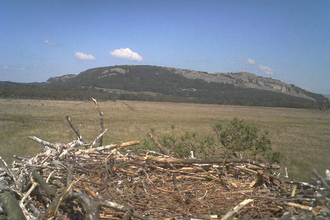
Well it had to happen. The only images coming back from Foulshaw Moss osprey cam now are that of an empty nest. Yes all our chicks had successfully fledged by mid-day on 24th July
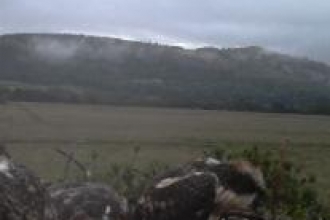
Today's image sent from the nesting platform shows the three chicks now resembling adult birds more every day.
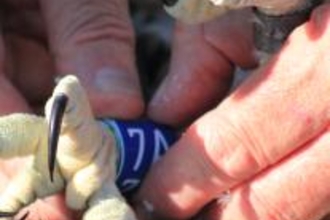
Big day as we get close to the chicks to fit leg rings
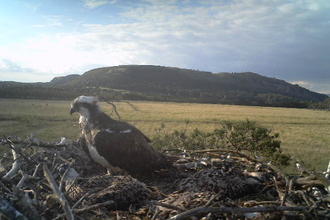
We are now receiving several images a day from the osprey nest camera at Foulshaw Moss
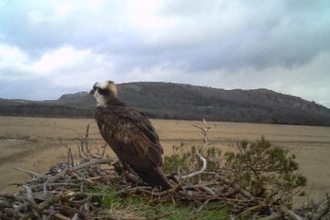
We have a breakthrough with our camera issues!
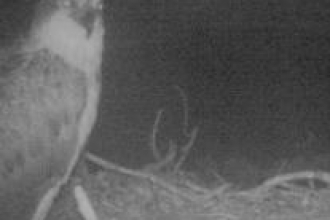
It has been a frustrating week or so at Foulshaw. Lots to do, that simply hasn’t lent time to update the blog as much as I would wish. I am pleased to note however, that we do have two osprey…
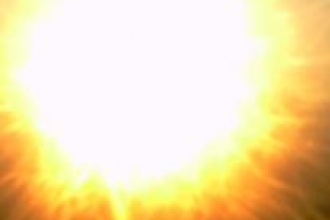
One of our cameras at Foulshaw Moss captured this image this morning and it has certainly turned out a wonderful Spring morning.
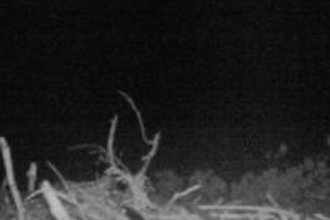
Osprey sleep at night ! If with eggs or chicks, the female will usually sit on them with their head tucked under one wing. The male usually spends the night in very close proximity perched in a…